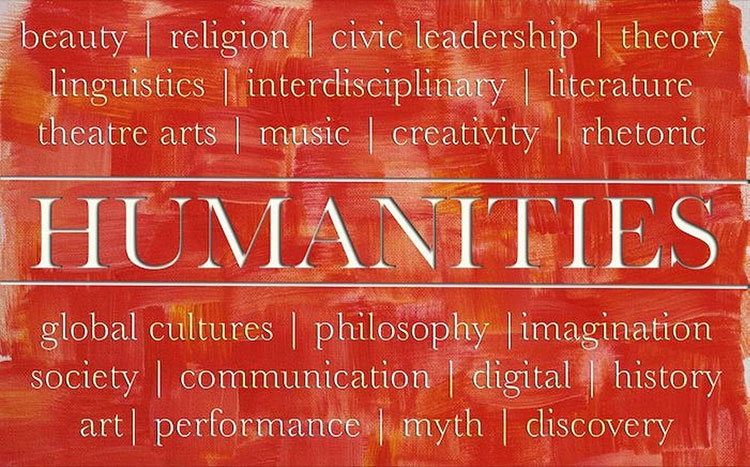Recently, in quick succession, I edited a book written by an Israeli couples therapist, a paper on educating children who live in conflict zones that teachers can’t safely reach, and a book proposal on how devotional love in India helped in the fight against British colonialism.
I felt as if I were moving from one theater to another in one of those multiscreen cinemas.
The couples therapist pointed out that although men think women don’t manage their feelings well, if men had any idea just how deep the reservoir of women’s feelings is, they would realize that women manage them really well—far better than men (whose emotional repertoire is pitifully small by comparison) deal with their emotions. The problem, he pointed out tactfully, is that men can’t manage women’s feelings. Of course, these are very broad generalizations, but I found the book’s perspective personally helpful, and immediately put some of its strategies to work in my own life.
It was a little more difficult to apply the other two books to my current life situation, but each of them expanded my world in its own way. The paper on children in conflict zones awakened filled me with admiration for the courageous people who are trying to circumvent the harsh facts of war on the ground by using wireless, digital technology to support child refugees.
The manuscript on bhakti, devotional love in the Indian tradition, opened up a new way of looking at struggles for emancipation, and how strong feelings of love pierce through barriers of “otherness,” enabling people to free themselves from self-limiting ideas about who they are and how much freedom they deserve.
Each of these works had its own unique editorial problems. The therapist’s book was originally written in Hebrew and needed some coaxing into English syntax. It also presented dozens of instances where I deeply wished English had a gender-neutral pronoun besides “one,” so I could avoid constructions like “Everyone wants their relationship to succeed.” I know it’s become acceptable, but my ninth-grade English teacher, Miss Hirschoff, is still whispering in my ear that I should look for a workaround. The paper on education in conflict zones presented some challenges involving the endnotes, so that, along with the immediacy and urgency of the topic, I was grounded by the prosaic discipline of the scholarly form in which it was contained–like ballast for a ship on a stormy voyage.
Finally, the work on bhakti was so full of erudition and esoteric concepts about language and meaning that I was continually needing to educate myself in order to understand what I was editing to preserve the book’s subtle shades of meaning.
It’s always personally interesting to me to see how editorial skills are brought to bear on such different kinds of writing—both editorial skills and thinking skills, for while as an editor I may not be an expert on Lacanian epistemology, I do know from long experience when an argument is being presented logically and clearly, when it’s being weakened by internal contradictions, and when awkwardness in the writing style is getting in the way. Then there are the simple mechanics of grammar and punctuation, those universal rules of the road. Editorial tools, like tools in the workshop, are never used quite the same way twice. Yet it’s almost always clear when you need a hammer or when you just need a few turns of a Philips screwdriver to solve the problem—or when what’s really required is a good saw.
A professional editor for over thirty years, Ed works in a variety of genres. His projects have received publishing and professional awards.


There’s certainly a lot to learn about this issue.
I like all the points you made.